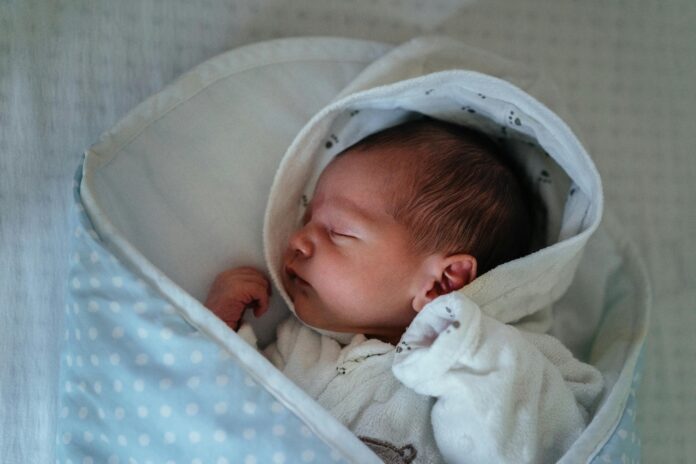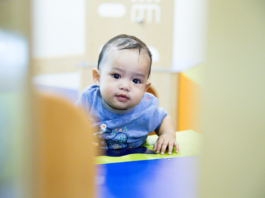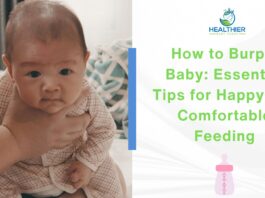Worried you baby will asphyxiate? A secure sleeping environment reduces the chance of your baby to asphyxiate and choke. Other dangers, such as SIDS, known as sudden infant death syndrome, are also less likely in a safe sleeping environment. Your baby should be sleeping on his back in a crib, bassinet, or other hard, level surface There are safe sleep beds available too. Do this each time your baby naps or sleeps. Your child has to have his cot or bassinet. It’s acceptable to share a room, but don’t share a bed with your baby. It is not recommended to use sleep positioners like anti-roll pillows or nests. They may cause your baby to stop breathing. Your baby’s crib shouldn’t have toys, loose sheets, crib bumpers, or other soft objects.
Table of Contents
What Is Safe Sleep?
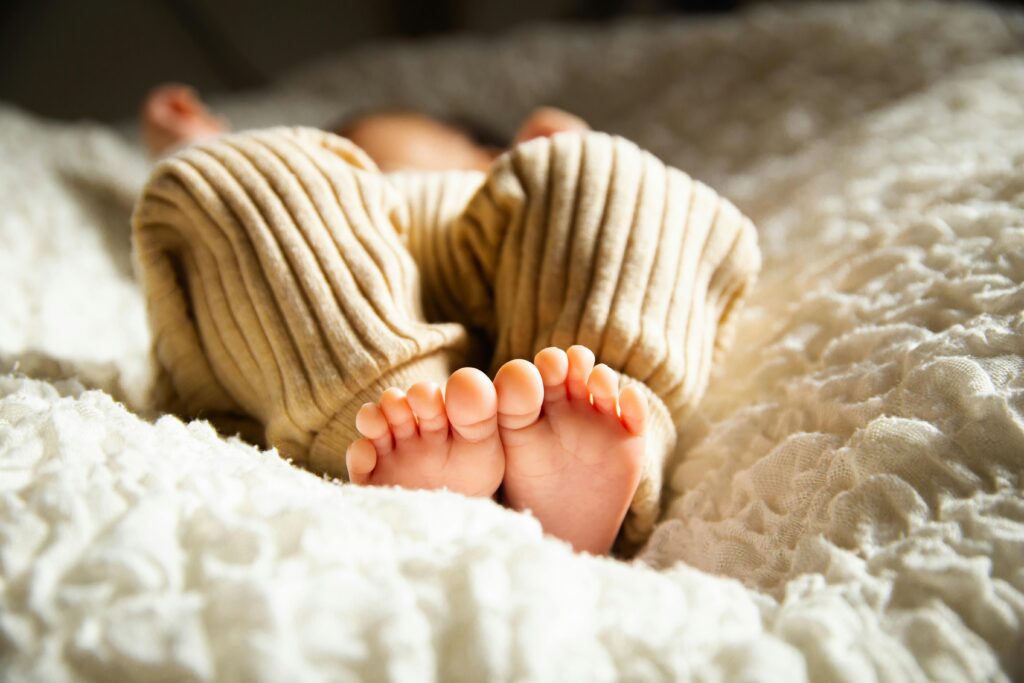
The term “safe sleep” describes how you put your infant to sleep so that he can be protected from breathing-related hazards like SIDS, choking, and asphyxia. The term SIDS refers to the untimely death of a baby younger than one year of age. SIDS usually happens when the baby is napping. Crib death is another name for it because the baby usually dies in his cot.
How Much Sleep Does Your Baby Need?
Newborns generally sleep sixteen hours daily, often in three- or four-hour bursts. Since your baby needs to eat every few hours, she can’t sleep for extended periods. Your child may get cranky or tired if she needs to get enough sleep. Don’t panic if your baby can only stay awake for one or two hours. Eventually, a sleep routine is established by her body. She starts sleeping through the night for more extended periods. If you’re worried about your baby’s sleep, talk about your worries with her healthcare provider.
Where Should Your Baby Sleep?

In a crib or bassinet, your baby is safest resting by herself. If you are parenting multiples (twins, triplets, or more), put each infant in a bassinet or crib. Here are some pointers for setting up a safe sleeping space for your baby:
Do’s:
- Your baby should be put to sleep on his back on a firm, flat surface, like a crib mattress covered with a sheet that fits over it tightly. Only use the mattress that is made to suit your baby’s crib. The mattress should fit snugly into the crib with no spaces between it and the frame. The shape of the mattress should remain firm even with a tightly fitting sheet or mattress cover on top of it.
- Ensure that your child has his crib or bassinet for sleeping. Refrain from sharing a bed. This is the situation where babies and parents sleep in the same bed. Sharing a bed is the leading cause of death for babies younger than three months. Put your baby’s crib next to yours so they can be nearby at night. For the first year of your baby’s life, or at least the first six months, the American Academy of Pediatrics, or AAP, recommends that you and your child sleep in the same room together but not in the same bed.
- Ensure the play yard, crib, or bassinet your child uses satisfies the most recent safety regulations. Click here to visit the Consumer Product Safety
- Commission (CPSC) to find additional information regarding product recalls or safety requirements.
- Remove any dangling electrical wires or window cords close to your baby’s sleeping area. Infants may become entangled in them and suffocate.
- Make sure the temperature in the room is comfortable.
Don’ts:
- Avoid using positioners for sleep. These are occasionally referred to as anti-roll pillows or nests. Usually, they are wedges or mats with pillows on either side to support your infant’s positioning. The FDA, or Food and Drug Administration, issues warnings about the potential for suffocation deaths resulting from sleep positioners.
- Never put your baby to sleep in a carrier, sling, stroller, or car seat. Babies who sleep in these items run the risk of suffocating. Take your sleeping baby out of it as quickly as you can, and put her in her cot.
- Never place your infant to sleep on a waterbed, couch, soft mattress, or cushion.
- Your baby’s cot shouldn’t have toys, loose sheets, crib bumpers, or other delicate items. They run the risk of trapping, strangling, or suffocating your child.
- Cribs that have drop-side rails should not be used. On a standard bed, do not install portable bed rails. Babies may asphyxiate if they become lodged in rails. If any crib elements need to be fixed or added, don’t attempt to fix them.
How Do You Put Your Baby To Sleep Safely?
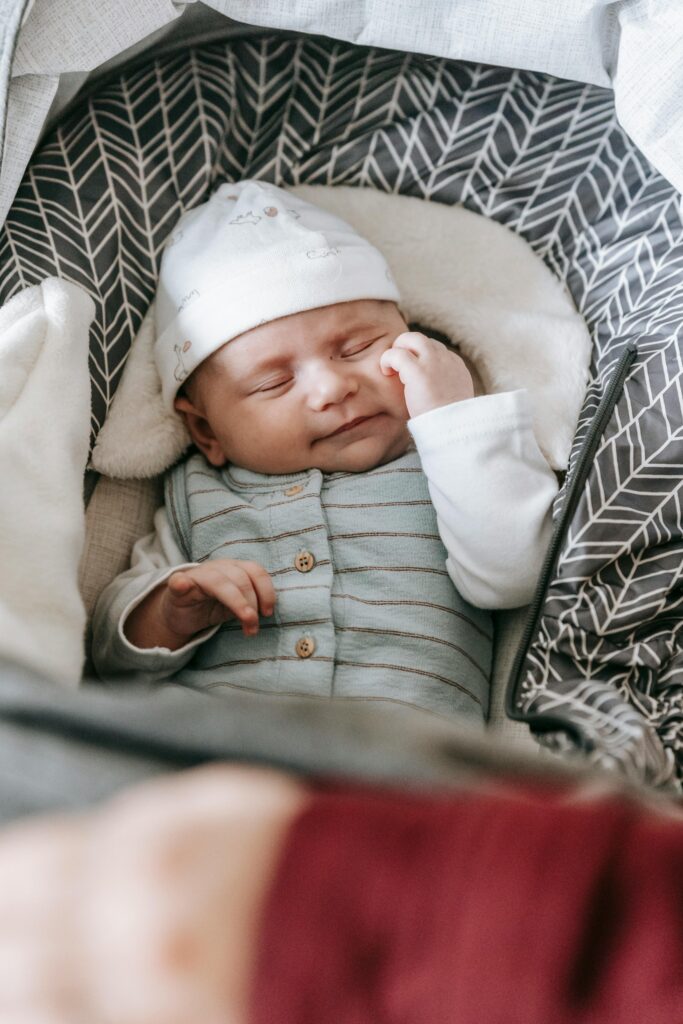
Here are some tips to help keep your infant safe at night:
- Your baby should always sleep on his back until he turns one year old. A newborn shouldn’t ever go to sleep on his side or stomach. If your baby can roll off his back to his side or tummy and back again, he can change positions while he sleeps.
- Give your infant a light sleep outfit. Remove all the ties and strings from his pajamas and leave his head uncovered. Your baby may stay warm with a blanket sleeper without covering his head or face. Until your baby can roll over onto his stomach, you can safely swaddle him while he sleeps. But cease wrapping him as soon as he can roll over. SIDS may be more common in a swaddled baby who is put to sleep on his stomach or rolls onto it. Swaddling is the practice of tightly encircling your infant with a lightweight blanket so that it covers the majority of his body below the neck.
- Give a pacifier to your infant. The use of pacifiers may help prevent SIDS. If you are nursing, don’t give your baby a pacifier until after she is 3–4 weeks old or until she is comfortable being breastfed. Don’t force your infant to take a pacifier if they refuse to. If your baby loses the pacifier while sleeping, that’s okay. The pacifier should never be worn around your baby’s neck or fastened to a plush animal or clothing.
Guarding Your Baby’s Rest Without Asphyxiate
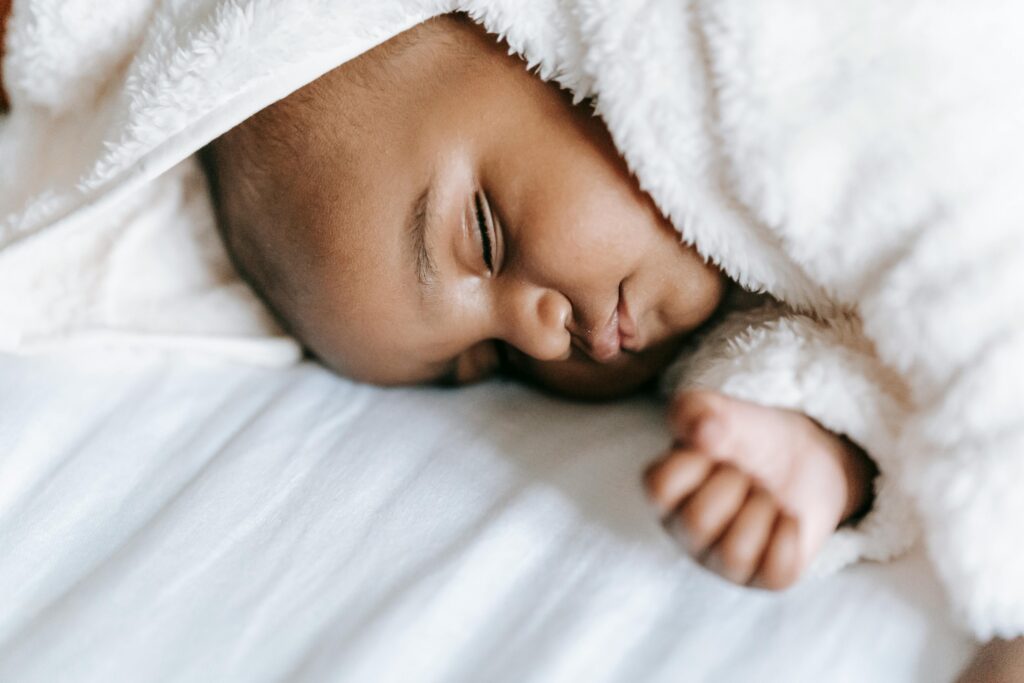
In a nutshell, protecting your infant from choking, suffocation, and SIDS requires setting up a safe sleeping environment. The ideal area for your infant to be laid on their back is on a firm surface, like a bassinet or cot. Steer clear of placing soft objects in the crib or employing sleep positioners. Remove loose bedding and dangling cords to create a safe and comfortable sleeping environment. Adhering to these guidelines and providing your infant with a pacifier and lightweight sleeping garment can contribute to a safer night’s sleep. To ensure your child’s safety while they sleep, stay current on the most recent safety guidelines and recommendations.

